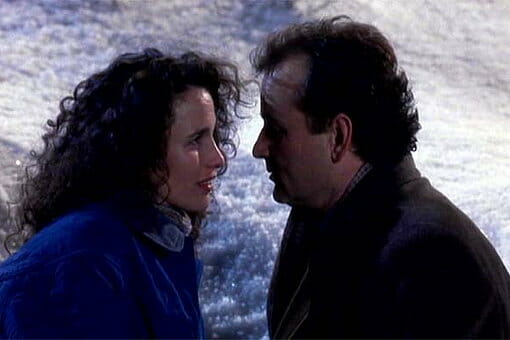By V. Prasad · July 11, 2011

Ideally, every scene in your screenplay will have conflict. The best way to ensure this is to have a cast of characters with competing agendas and opposing personalities. You want a cast where you can randomly select any two characters, put them in a scene together and have a conflict to explore.
Now, you also want that conflict to connect to the plot. You want it to connect (causally or thematically) to your main character and the goal he or she is trying to achieve. Or else it doesn’t belong in your movie.
So when you’re brainstorming ideas for characters, it helps to start with your main character and their goal and then branch out. Besides your protagonist, here are some characters you may need:
MAIN ANTAGONIST
Your protagonist has a goal. You’ll need a character who directly opposes that goal. This is the main antagonist, the “villain” to your “hero(ine).” And you want their relationship to be a zero-sum game. The antagonist can’t achieve his/her goal unless the protagonist fails (and vice-versa).
CATALYST FOR THE MAIN CHARACTER’S GROWTH
In order to get what they want or need, the protagonist will probably have to grow. You may have to bring someone new into their life to force that growth. This character is usually a mentor or a love interest.
Even though this character may not oppose your protagonist’s goal, there should still be conflict between them. This conflict is usually borne out of their having opposing beliefs or personality traits.
Sometimes the protagonist must learn to become more like the “catalyst.” In Groundhog Day, Phil Connors (Bill Murray) becomes more like his love interest, Rita (Andie MacDowell). And sometimes they must both learn to become more like each other. In countless romantic comedies, one character learns how to let loose while the other learns how to be more responsible. In buddy cop movies, two unlikely partners learn to work together, often adopting each other’s best qualities.
Either way, the change occurs through conflict.
OTHER ANTAGONISTS
You’ll need a lot of conflict to keep an audience engaged for two hours. So you’ll probably need more than one antagonist.
Are there characters that try to stop your main character for reasons different from your main antagonist? In Die Hard, John MacClane (Bruce Willis) doesn’t just have to deal with Hans Gruber (Alan Rickman); he has to deal with a smarmy hostage who’s looking out for himself, a reporter trying to get a story at all costs and the cops who want him to give up because they think he’s doing more harm than good.
Are there characters who think they are helping your protagonist or are pretending to help but are actually getting in the way? In a spy movie, this could be a double-agent. In a character drama, this could be a well-meaning, but overbearing mother who cripples your main character’s confidence.
Maybe you’ll want to use a contagonist, someone who doesn’t directly oppose the main character but leads him or her down the wrong path. A character like this can be the flip-side of the mentor or love interest that sparks your main character’s growth. And you can use them to form a triangle to dramatize your main character’s inner conflict.
CHARACTERS THAT ESTABLISH STAKES
There must be something at stake if the main character doesn’t get what he or she wants or needs. You’ll need characters to establish those stakes.
Are there characters whose life will be harmed if the main character doesn’t succeed (a damsel-in-distress, for example)? Whose lives will be improved if he/she does?
What about what your character needs? Are there characters whose lives are negatively affected by your main character’s flaws (like a long-suffering boyfriend or girlfriend)? Perhaps, there’s someone who looks up to your protagonist and their life will be led down the wrong path if the protagonist doesn’t change?
Sometimes you need a character that serves as a cautionary tale of what will happen if the main character doesn’t change. In Ordinary People, Conrad’s friend from the mental institution commits suicide, giving the audience an idea of what may happen to Conrad (Timothy Hutton) if he doesn’t overcome his emotional trauma.
Your characters can also fill multiple functions. A “catalyst” character can be used to establish the stakes. If you’re doing an ensemble movie, an antagonist for one character could be a mentor for another.
Knowing each character’s functions and designing them with respect to your protagonist’s goal is an effective way of ensuring that every scene in your movie has conflict and connects to your plot.